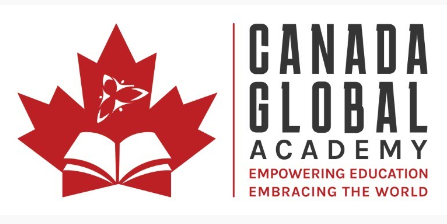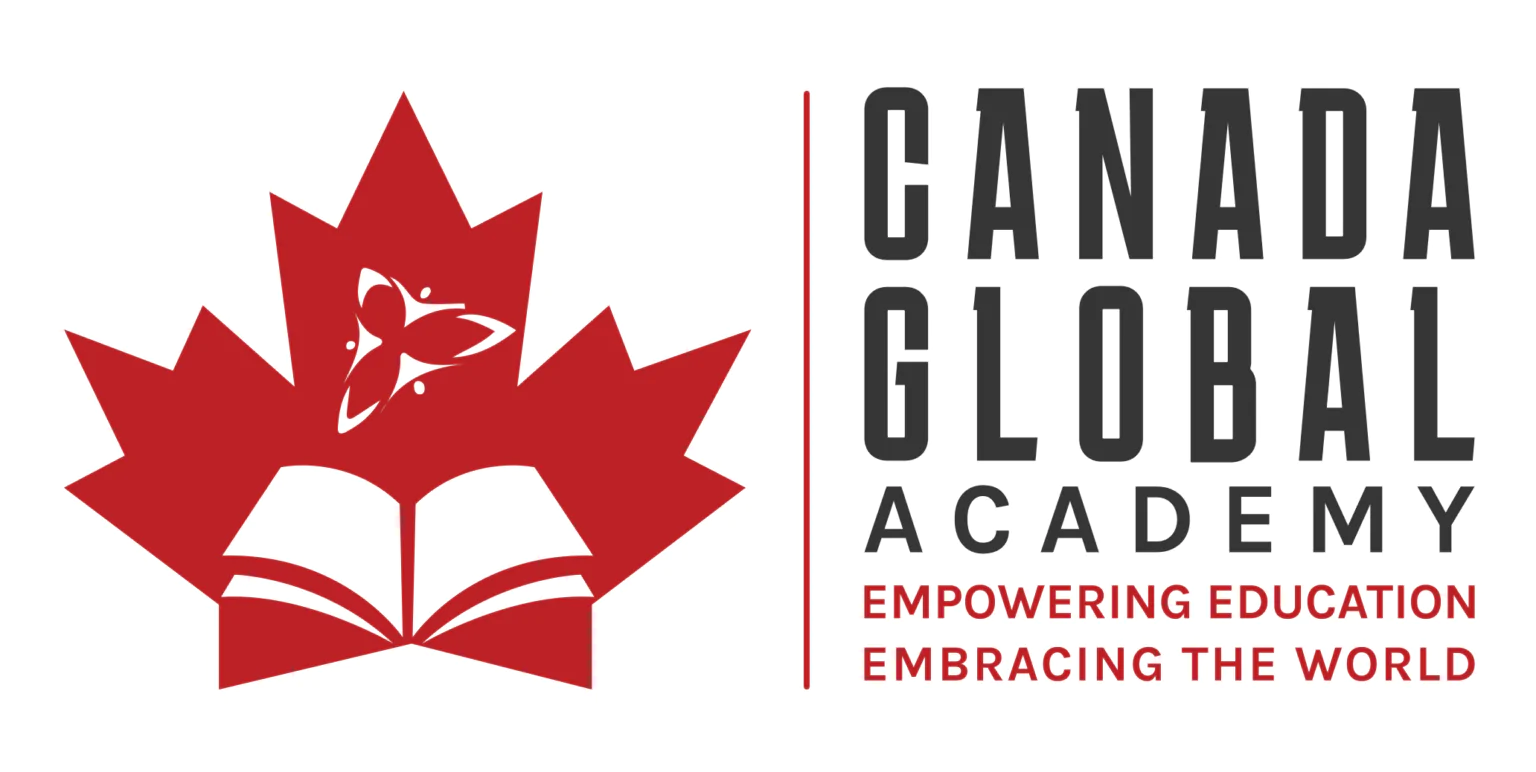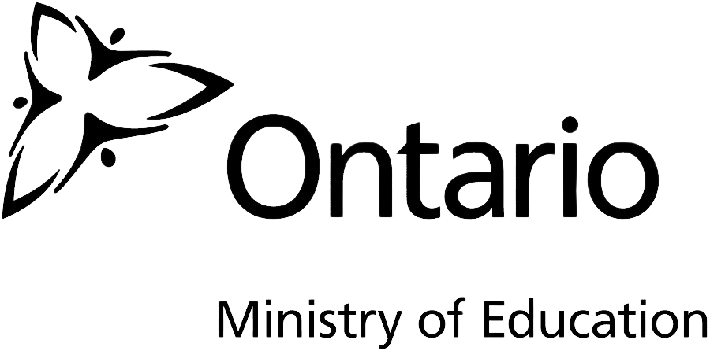
Martin Doherty is the CEO of Ethos Education & Canadian Global Academy : the exclusive authorized provider of the renowned 3rd globally ranked Ontario Ministry of Education‘s curriculum and Digital Learning Platform outside of Canada. He is also the founder the cutting edge magazine, Education Distruptor.
Through our School Partnership Program, we empower schools worldwide to attain Canadian Accreditation, providing the opportunity to establish themselves as Canadian Accredited schools. Additionally, home-based businesses can run their own Canadian Accredited Micro-School. Contact us today to learn more!
Related Posts
- Private Schools & Investors: Cultivate Relationships, Secure Funding
Unlock sustainable school funding & investment strategies to elevate educational outcomes. Partner with us for…
- How Can Schools Weather Economic Downturns?
Discover strategic School Risk Management techniques to prevail during financial hardships. Thrive with resilient educational…




